Written Tuesday, 7/19/16 on an airplane between Chicago, IL and Lincoln, NE.

Flying over Chicago
I’ve allegedly been home from this long trip for four days now, but I’ve only spent two nights in my own bed. Second day off the bike and I was on my way to the airport to take care of family business back east. And in another couple days the Dear Wife and I will be off to visit our eldest and his lovely fiance in Vancouver, BC.
Reading this, you might conclude I like to travel. And that would be true. But my family means a lot to me as well.
Many years ago my wife and I were talking about this; we came to the conclusion that I don’t want to get away, I want to go to.
I’ve always wanted to go, from the time I was a first grader and took the city bus in Denmark’s second largest city to visit my dad at his office for lunch without telling anyone what I was doing. (Hey, Mom gave me money to get a hot dog, she didn’t say it had to be from the stand half a block away…)
When I was fourteen, I rode on RAGBRAI (then known as SAGBRAI for the Second Great Bike Ride Across Iowa) without anyone along to supervise me. (To be fair, my parents had good friends who were also on the ride, but I emphatically was not riding with them…)
16 mm film from the Des Moines Register of the 1974 SAGBRAI
In college I used to hitchhike from Ames, Iowa where I was a student at Iowa State up to visit my married older sister in Minneapolis. And when my brother and I came out of the Rockies from backpacking for a week, we discovered the bus we had tickets for didn’t start running till ski season, so we had to hitchhike back across the continental divide to Denver.
A couple of years ago I had the fantastic opportunity to go to China for about 10 days as a representative of my university. Never have I had such a feeling of being someplace different than when I was walking around a city where old men write poetry on the sidewalk with water using a giant brush.
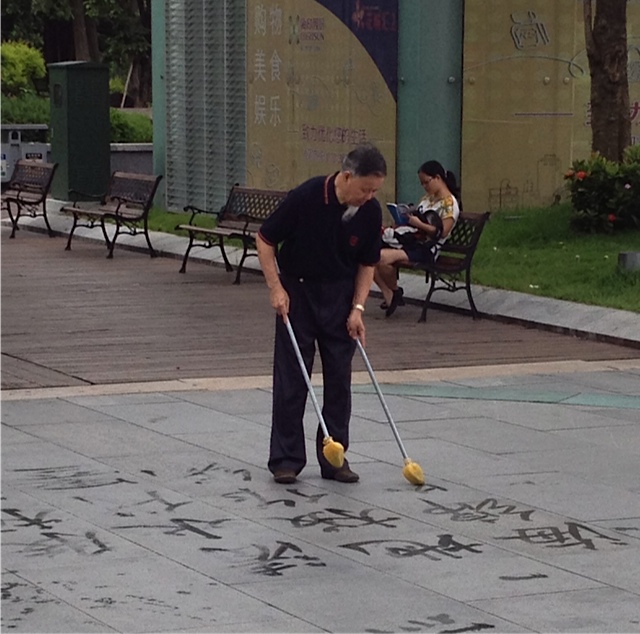
This gentleman was painting calligraphy using water on the stone walkway along the Mall of the World on a hot summer morning. Not long after he had created the characters, they were evaporating back into the air. I wish I knew what he was saying.
I come by this wanderlust honestly.
As I mentioned a couple of posts ago, my Grandpa Arndt homesteaded near Williston, North Dakota from 1905-1911. He took the train from Minnesota up to near the Canadian border, bought a team of horses and a wagon, and took it out onto the unplowed buffalo grass prairie to establish a farm. (Thanks to my older sister for the description.) And my Grandpa Juul left home in Denmark at age 18 and moved to Minnesota where he got started working in the business of draining swampy fields so you could grow crops or hay on them. That eventually grew into a full fledged construction company.
Of all my adventures, the two weeks Howard and I spent riding motorcycles up through northwest Canada and up to southern Alaska has to rank up there toward the top. Riding the hundred miles or so of dirt roads was especially exciting, taking us to a whole new area of the mountains were the paved roads don’t go.
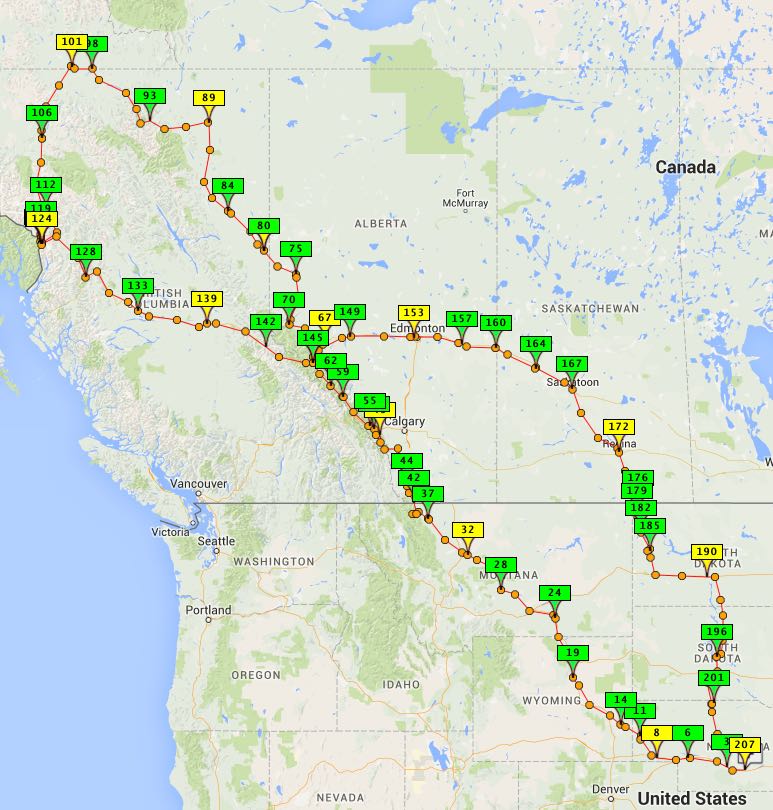
The figure-8 route Howard and I rode this summer.
It has certainly been “a trip of a lifetime,” but it was not “the trip trip of a lifetime.” I have had so many trips of a lifetime, and always hope there’s another great trip in my future .. and another great chance to come home.

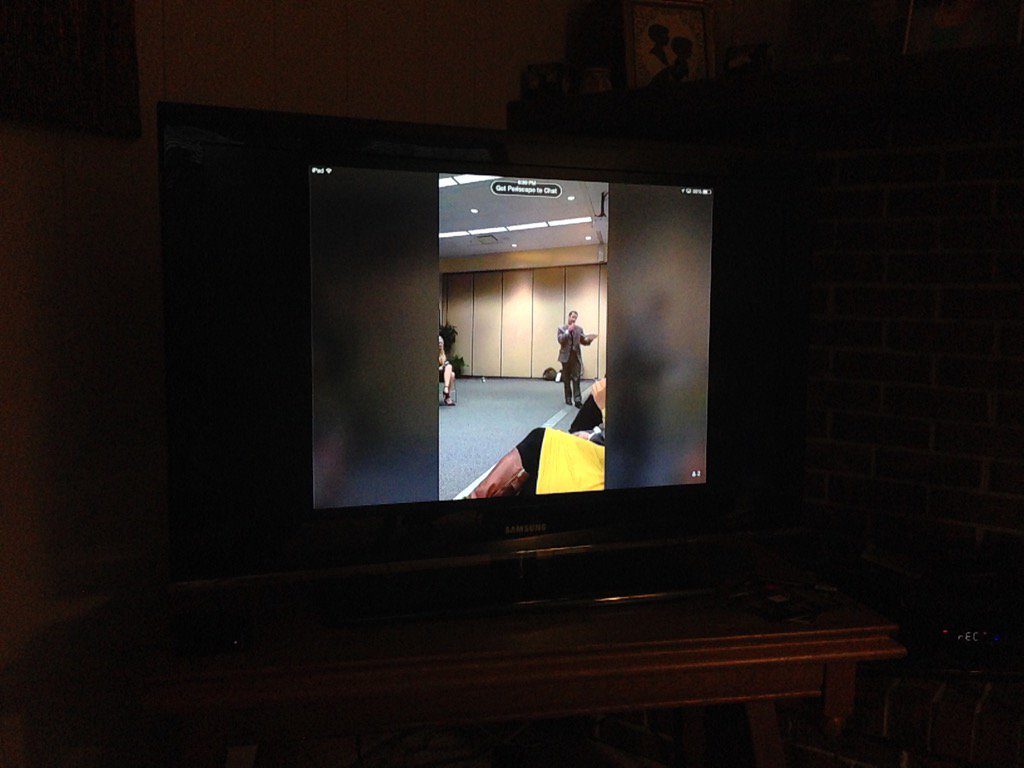

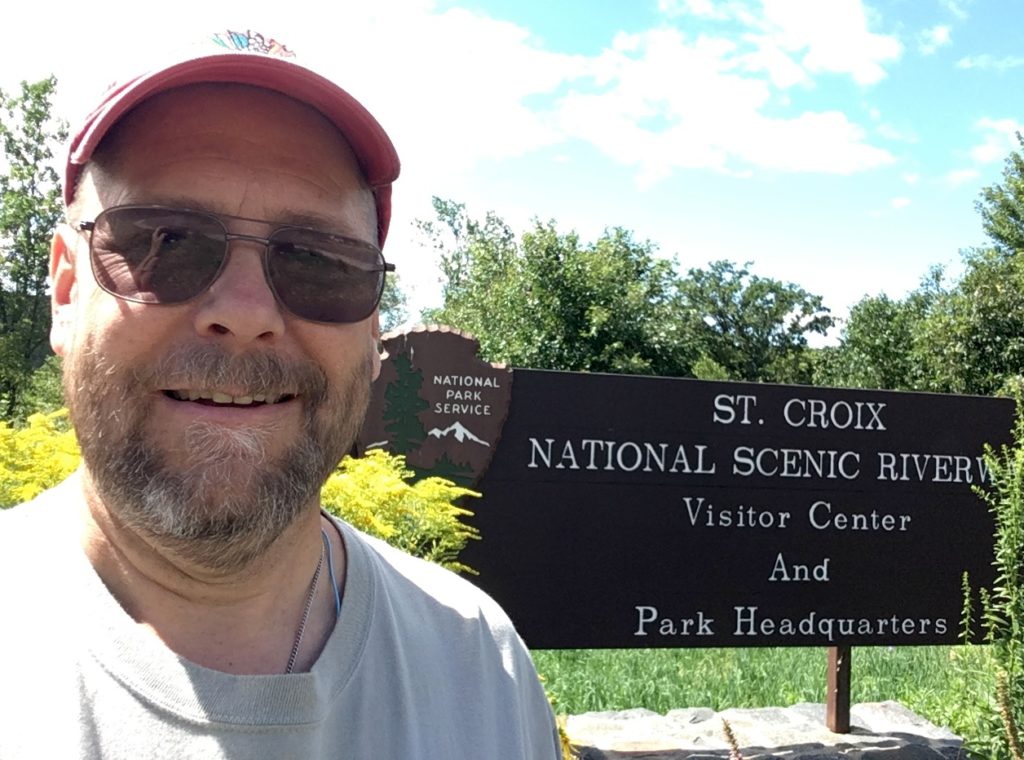



 The whole time Howard and I were traveling up north, I did my best to stay away from the news. After all, this was vacation in rather remote places. I had no desire to have the news of shootings, protests, and ugly politics intrude.
The whole time Howard and I were traveling up north, I did my best to stay away from the news. After all, this was vacation in rather remote places. I had no desire to have the news of shootings, protests, and ugly politics intrude.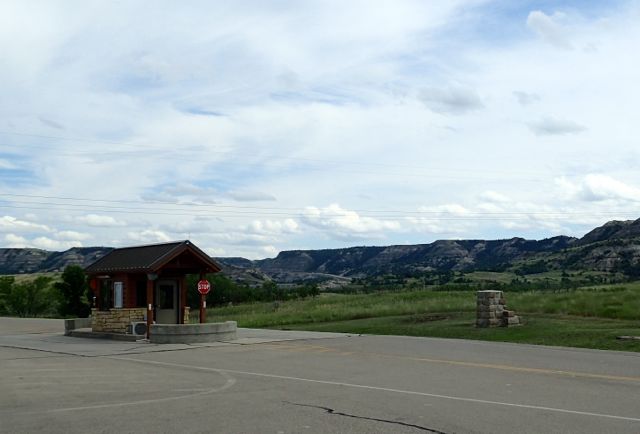
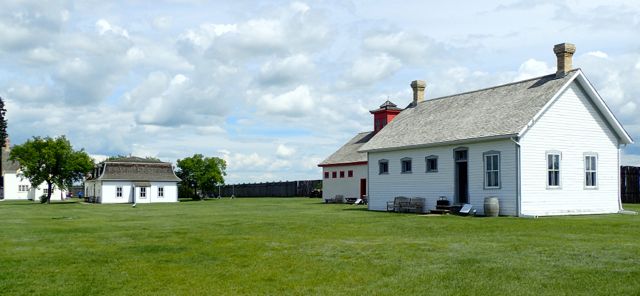
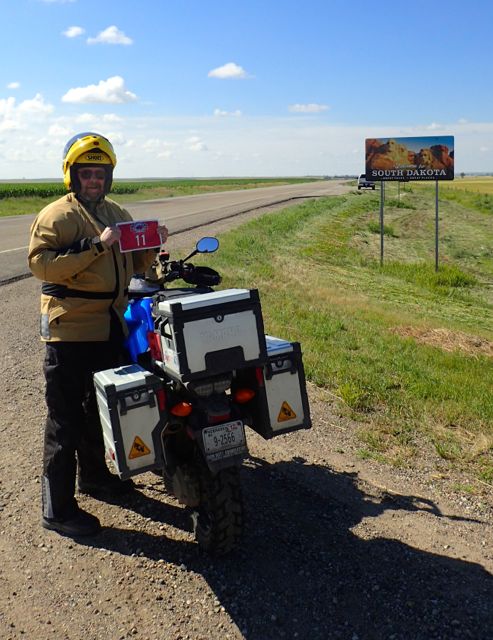
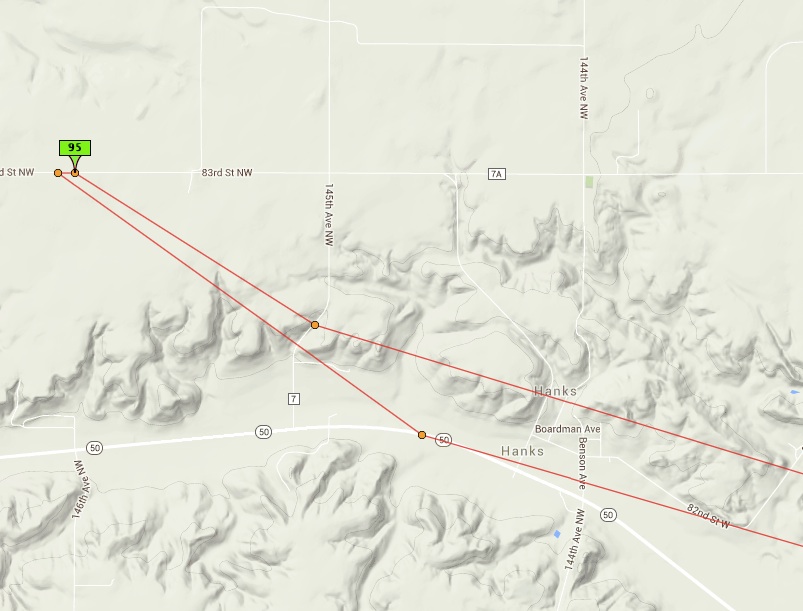
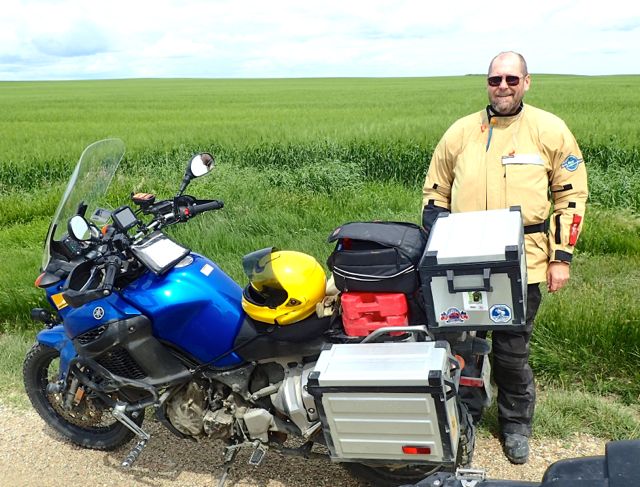
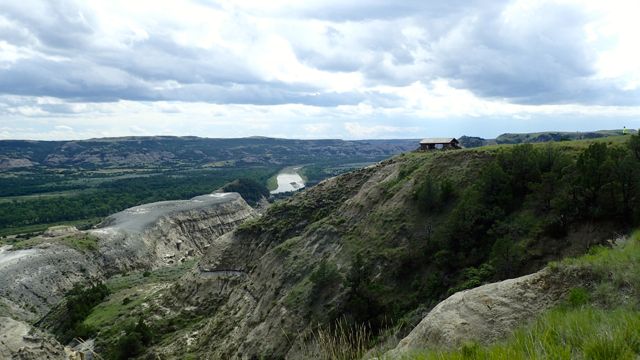
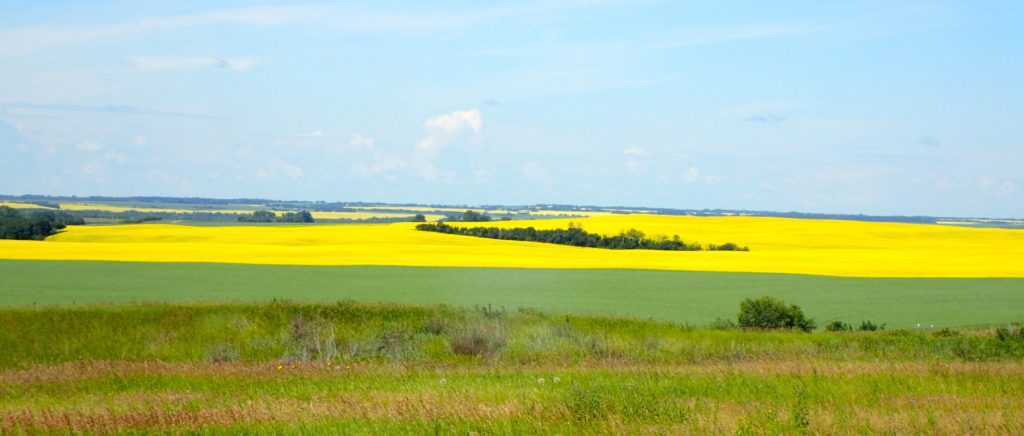
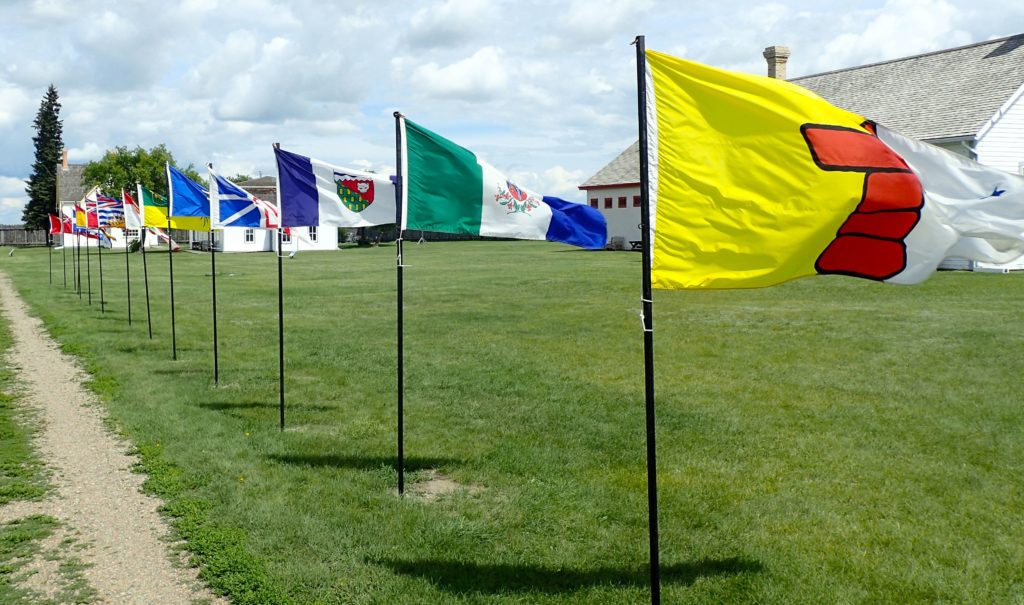
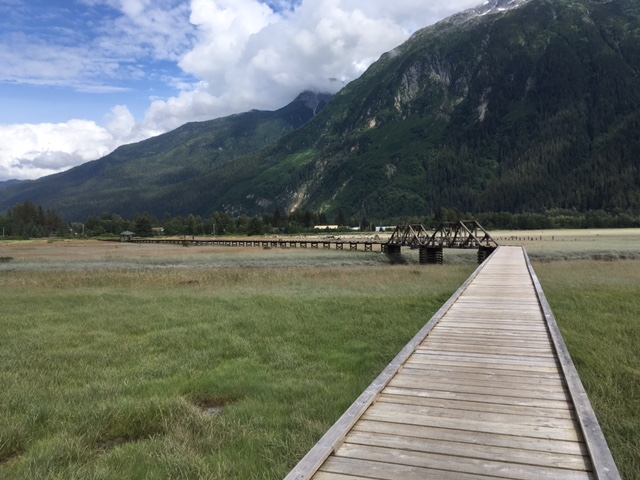
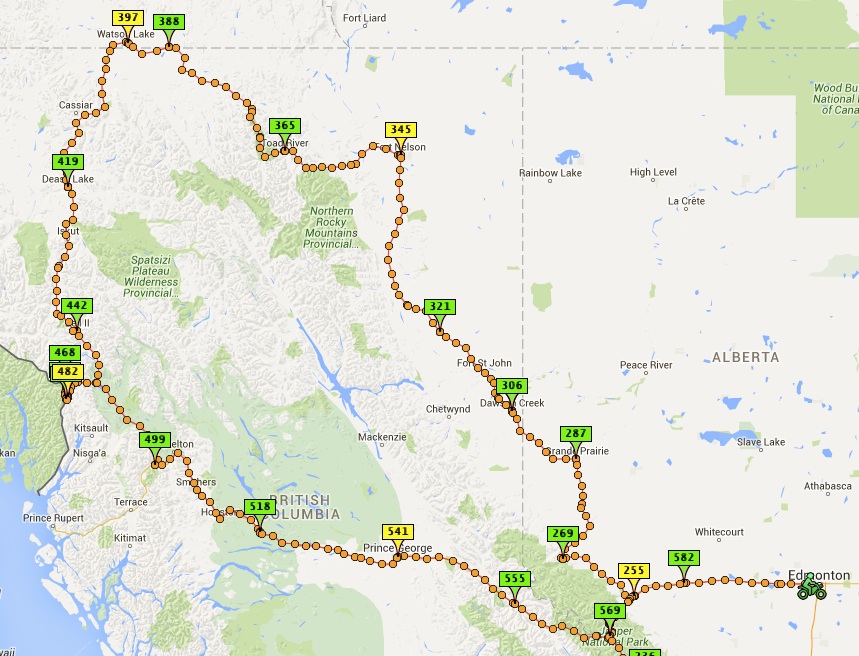
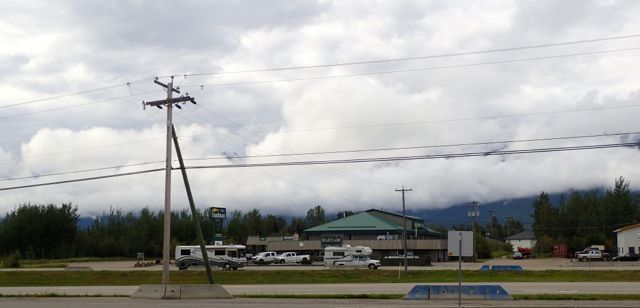
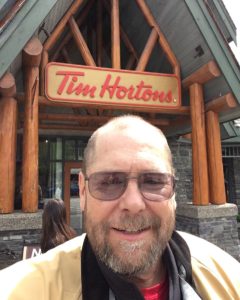 We stopped for lunch at Tim Horton’s at the town of Jasper. We’d had dinner in Jasper on our way north last week. So nice to have a fast food place with good soup and croissants for lunch! If only the biggest fast food chain in the US would serve that. And honey crullers!
We stopped for lunch at Tim Horton’s at the town of Jasper. We’d had dinner in Jasper on our way north last week. So nice to have a fast food place with good soup and croissants for lunch! If only the biggest fast food chain in the US would serve that. And honey crullers!